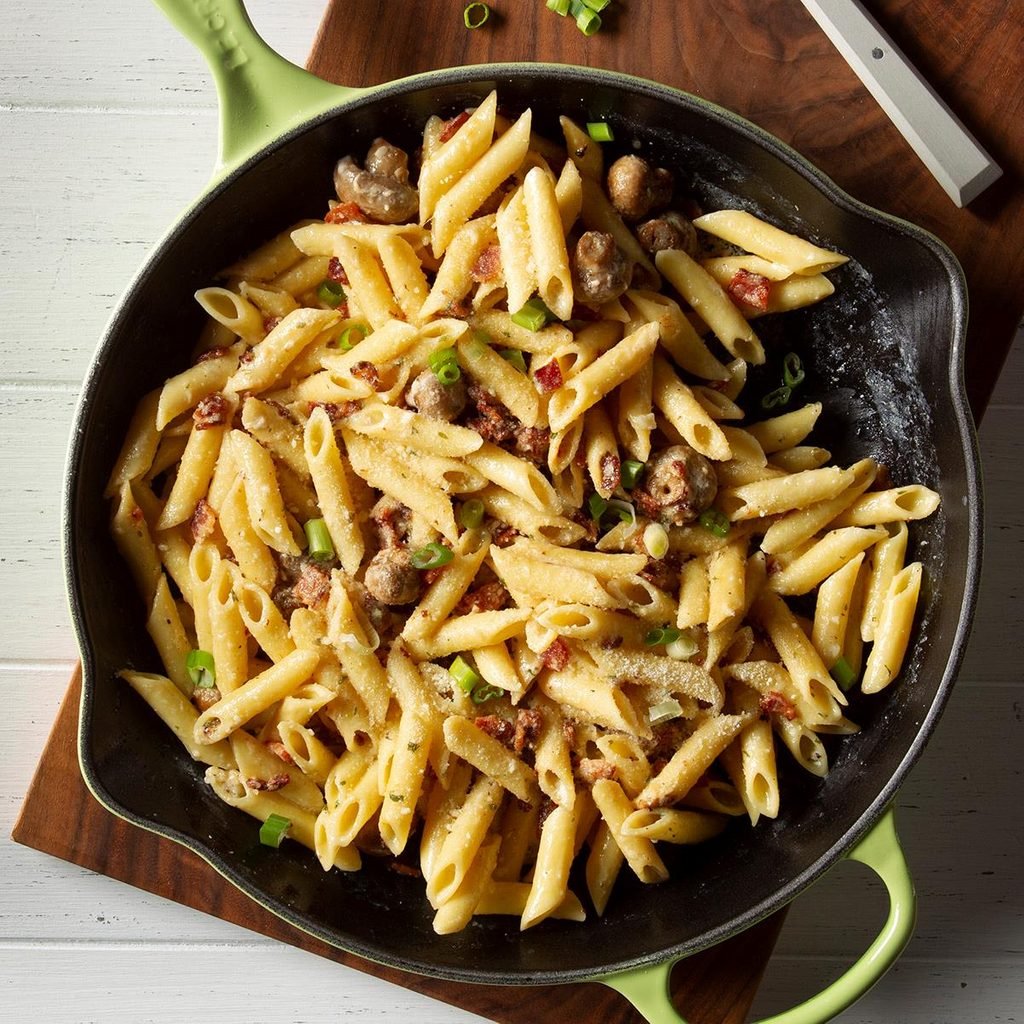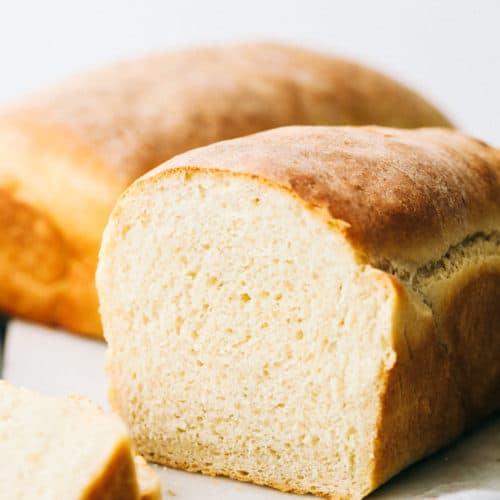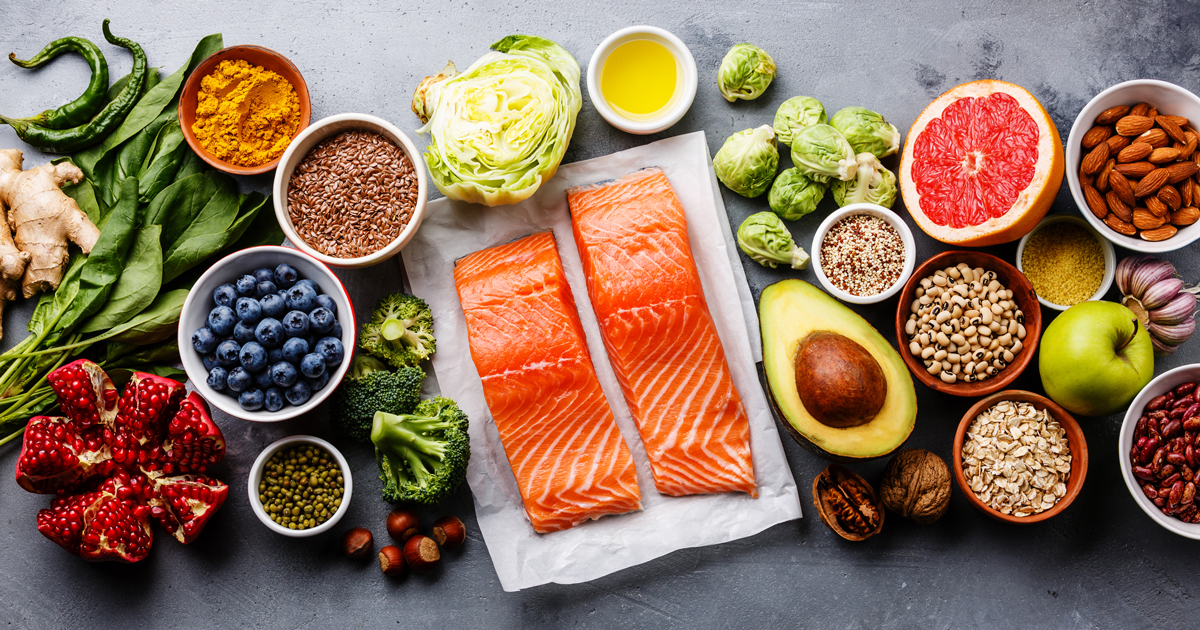The Ultimate Guide to Cooking Perfect Pasta Every Time
Pasta is one of the most beloved and versatile dishes in the world. Whether you’re making a simple spaghetti aglio e olio or a rich, creamy fettuccine Alfredo, knowing how to cook pasta perfectly is essential for achieving the best flavor and texture. While it may seem like a straightforward process, there are many nuances to consider when boiling, draining, and pairing pasta with sauces. This ultimate guide will walk you through every step to ensure that you cook perfect pasta every time.
Choosing the Right Pasta
Before you even begin cooking, selecting the right type of pasta for your dish is crucial. Different pasta shapes are suited for different kinds of sauces. Long and thin pasta, such as spaghetti and linguine, pairs well with lighter, oil-based sauces. Tube-shaped pasta like penne and rigatoni is ideal for capturing thick, hearty sauces. Flat pasta, such as fettuccine or pappardelle, works best with creamy or meat-based sauces. When selecting pasta, opt for high-quality brands that use durum wheat, as they provide better texture and taste when cooked.
Using the Right Amount of Water
A common mistake many people make when cooking pasta is not using enough water. The general rule is to use at least four to six quarts of water per pound of pasta. A large pot allows the pasta to move freely, preventing it from sticking together. The water should be brought to a rapid boil before adding pasta.
Salting the Water
One of the most important steps in cooking pasta is adding salt to the boiling water. Salt enhances the flavor of the pasta from within, making the final dish more delicious. A good rule of thumb is to add about one to two tablespoons of salt per gallon of water. The water should taste slightly salty, like seawater. Avoid adding oil to the boiling water, as this can prevent sauces from adhering properly to the pasta.
Cooking Pasta to Al Dente
Al dente, meaning “to the tooth” in Italian, refers to pasta that is cooked until it is firm yet tender. Overcooked pasta becomes mushy and loses its ability to absorb sauces effectively. To achieve al dente pasta, follow the package instructions but start checking for doneness about two minutes before the recommended cooking time. The best way to test is by tasting a piece—it should be slightly resistant when bitten. If you prefer softer pasta, cook for an additional minute or two.
Stirring and Preventing Stickiness
Stirring pasta occasionally while cooking prevents it from sticking together. This is particularly important in the first couple of minutes after adding pasta to boiling water. If using fresh pasta, be extra gentle as it is more delicate than dried pasta.
Reserving Pasta Water
One of the best-kept secrets in Italian cooking is reserving a cup of pasta water before draining. The starchy water can be used to adjust the consistency of your sauce, helping it cling to the pasta and creating a smooth, well-integrated dish. Adding a splash of pasta water to a sauce can make it creamier and more cohesive.
Draining and Rinsing (or Not)
After cooking, pasta should be drained in a colander but not rinsed. Rinsing removes the starch that helps sauces stick to the pasta. The only exception is when making cold pasta salads, where rinsing with cold water stops the cooking process and prevents the pasta from becoming too soft.
Tossing with Sauce Immediately
Pasta should be added directly to the sauce as soon as it’s drained, while it is still hot. This allows the pasta to absorb the flavors of the sauce better. If the pasta sits too long after draining, it can become clumpy and dry. Always toss pasta with the sauce over low heat for a minute or two to ensure an even coating.
Pairing Pasta with the Right Sauce
Matching pasta shapes with the appropriate sauce enhances the overall dish. Here are some classic pairings:
- Spaghetti & Linguine: Best with olive oil-based or tomato sauces.
- Penne & Rigatoni: Works well with chunky meat or vegetable sauces.
- Fettuccine & Pappardelle: Ideal for creamy or thick meat sauces.
- Orzo & Small Pasta: Great for soups or light salads.
Adding Cheese and Garnishes
Adding cheese at the right time makes a big difference in flavor and texture. Hard cheeses like Parmesan or Pecorino Romano should be freshly grated and sprinkled over the pasta just before serving. Herbs such as basil, parsley, or oregano add a fresh touch, while a drizzle of high-quality olive oil can enhance the flavor.
Serving and Enjoying
Pasta should be served immediately while hot for the best texture and taste. Use warm bowls or plates to keep the pasta from cooling too quickly. If preparing pasta in advance, lightly coat it with olive oil and store it in an airtight container before reheating with a bit of pasta water.
Conclusion
Cooking perfect pasta every time is easy once you understand the fundamental techniques. From choosing the right pasta and salting the water to cooking it al dente and pairing it with the right sauce, each step plays a crucial role in achieving a delicious meal. By following these tips, you’ll be able to prepare restaurant-quality pasta dishes that impress your family and friends. So grab your favorite pasta, heat up the stove, and enjoy the art of cooking perfect pasta every time!






Post Comment